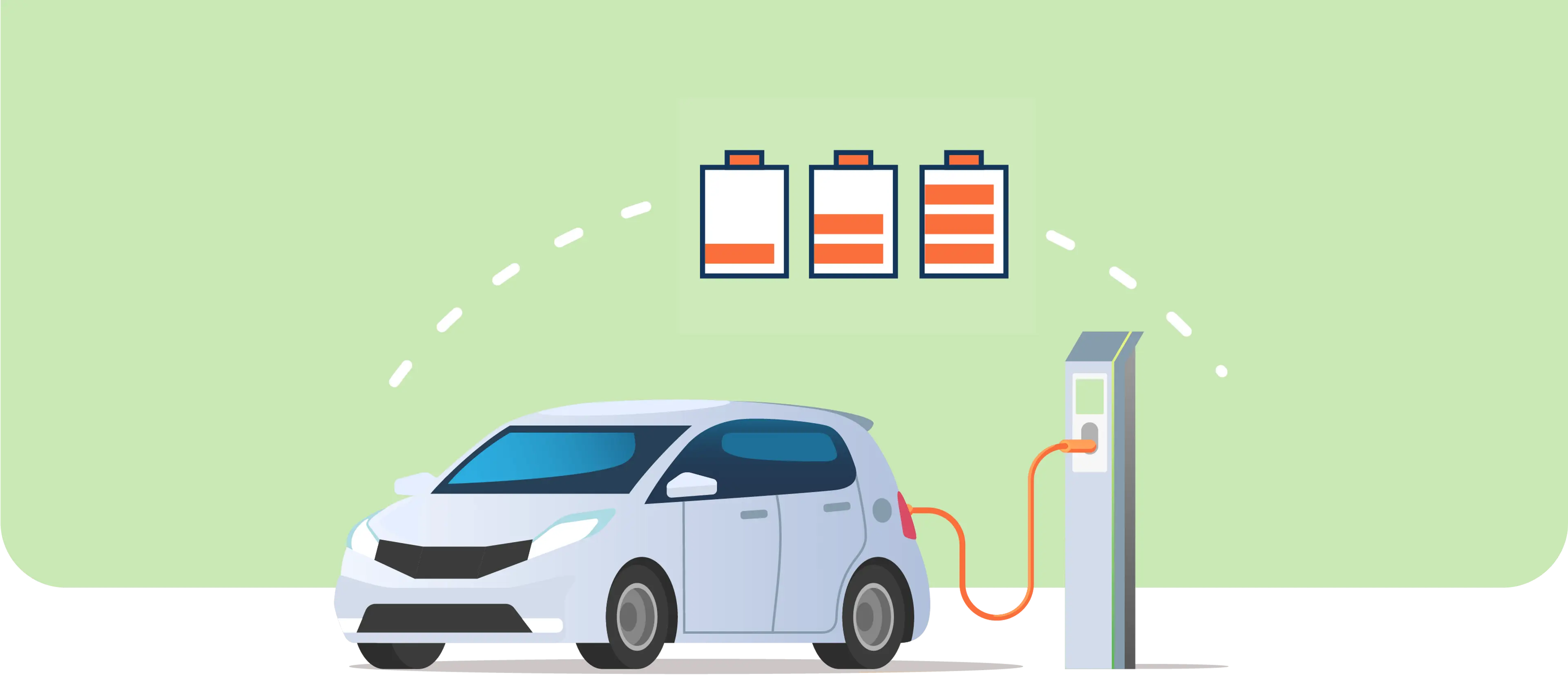How to Get the Quickest ROI When Adopting an Electric Fleet

It’s been an interesting few weeks in EV-land. Stellantis announced a partnership with Samsung for battery production. Panasonic announced a prototype battery for Tesla. Toyota announced it has earmarked $3.4 billion for battery research. Joann Muller at Axios noted that almost every week there’s another OEM/battery partnership announced.
While all of this has obvious implications for consumer adoption of EVs, significant hurdles remain – not the least of which are cost, range anxiety and safety. But the fleet world is different. Here, companies increasingly are turning to EVs to reduce their carbon footprint, deliver on corporate sustainability goals, and at least currently, save money on fuel.
So, it shouldn’t come as a surprise to see Hertz announce a purchase order for 100,000 Teslas for its rental fleet. And Pitchbook noted in a research report that “we believe the entire ridehailing industry is in the early stages of transitioning from the current outsourced car and driver model to fully owned EV fleets with fully employed drivers.”
Key Benefits for EV Use in Fleets
EVs are costly to purchase for consumers because they are underutilized. But a fleet of EVs — especially used for corporate sales in industries such as ridehailing and taxi or last-mile package delivery — has much higher utilization. The key to electric vehicles is simple: higher use equals quicker return on investment. When you pair this approach with EVs’ lower costs for basic maintenance, it’s a two-ingredient recipe for profit. We see continued rapid adoption of EVs in fleets thanks to this rewarding use case.
Cost Management for EV Use in Fleets
As many benefits as EVs do offer, there are some considerations and challenges that must be managed, including battery charge level, range and overall battery health. This is where connected fleets come in.
Motorq is running a long-term analysis of EV battery performance. This allows us to tell you how your battery should be performing, using varied inputs. Charting factors such as daily range vs. battery usage, battery efficiency vs. vehicle speed and battery efficiency vs. ambient temperature allows us to be able to determine the best range of your vehicle. We can then cross-reference that with charging locations, optimizing your distance, charging locations and your charge frequency, so you’ll get the most out of your battery.
In addition, we leverage our Machine Learning to help you predict when your battery may fail, to reduce downtime as much as possible. By observing a vehicle’s battery voltage, ignition, speed, utilization, ambient temperature and more, our Machine Learning models have been able to predict battery failure of tens of thousands of batteries to within days of the actual event.
This allows you to plan ahead and schedule maintenance on your terms, instead of leaving your drivers and customers high and dry. It’s one thing when it’s one battery, but for fleets who may be charging hundreds or thousands of batteries each year, those predictions could save millions.
Even if you only have a handful of EVs in your fleet now, it’s still a good time to be planning for the future to ensure you’re ready to electrify your fleet.